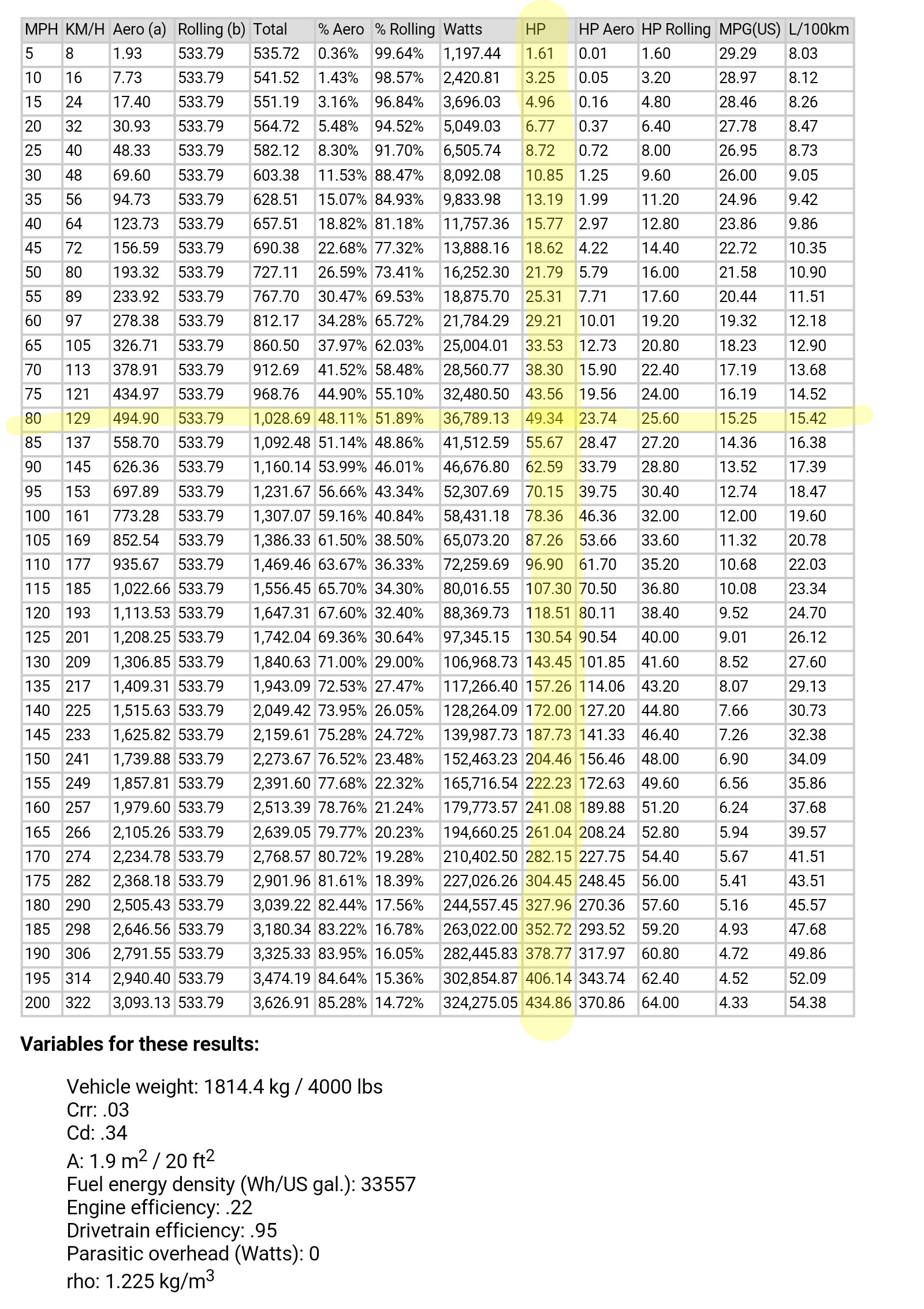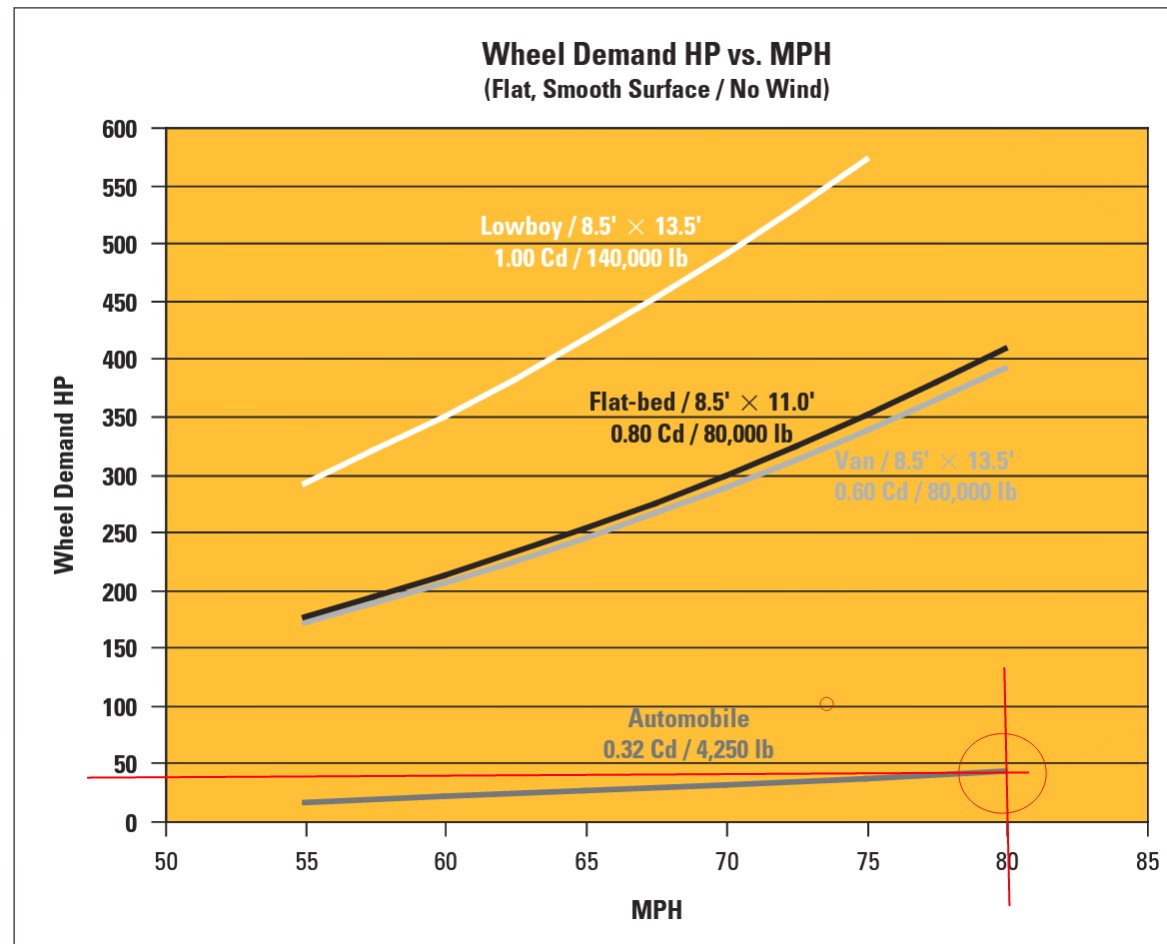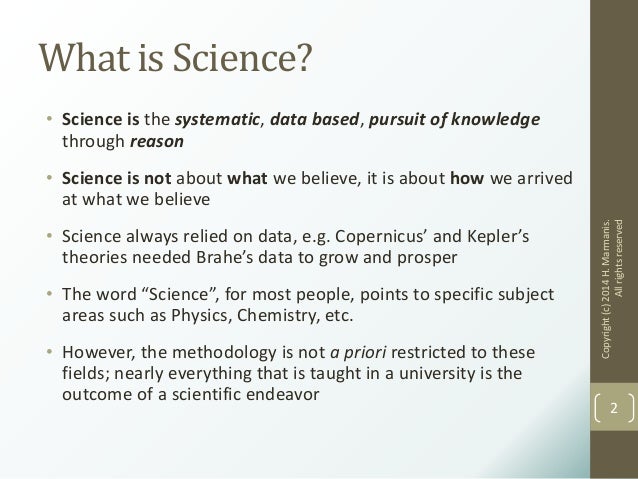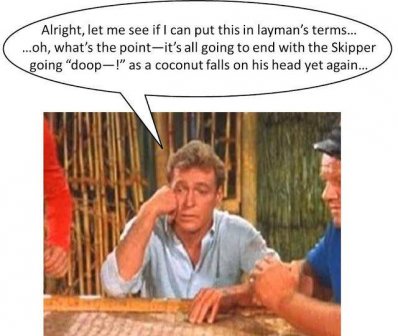200 mph would be really cool but doing that in a car without a full cage didn't seem very wise to me. Maybe later on....with a different car. This one's too nice to cut up for a cage. In any case, DynoSim5 shows me putting 596 hp to the wheels at 6500 rpm.
The low gear set is just to get the revs up into a more usable range sooner during daily street use. Kind of like having a 3.23 gear around town and 2.76 on the highway....without having to swap gears. Still playing around with that option though. Still cheaper than the GV unit and the custom driveshaft it requires....but I do like the GV unit. Bulletproof things.
Stock rods for this build. Polished side beams, magnafluxed, shot peened, resized. Before I put the boost to it, I may be forced to upgrade though. Ditto for the pistons. Chevy rods would be fine but for the .990 wrist pins they use vs the 1.094 Chrysler pins. Also, turning my rod journals down far enough to use them is really expensive and seemed a little sketchy to me. Piston and rod choices for 383s really suck.....unless you're building a stroker.
Had I known at the beginning of this build what I know now, I'd have just bought a stroker kit and been done with it. By the time one gets done messing around with getting some decent rods and custom pistons to fit them done, the cost of a stroker kit looks pretty good. Flatlander racing quoted me $1760 for a set of forged pistons for this build.....JUST because of the big Chrysler wrist pins that "nobody uses". That's crazy. Not doing that. I figured that since I already had a nice forged crank and rods I might as well use them. Had the crank come up bad, I would've junked it & got the stroker kit. Crank tested good. Had ANY of the rods come up bad I would've junked them and got me a $700 set of aftermarket rods. All rods came up good. Funny. Even 440Source doesn't sell any good rods for a stock displacement 383 with the big Chrysler wrist pin.
Again, if I was doing it again I'd build a stroker 383, 400, or 440. MUCH easier and cheaper to get really good parts for those. Hell, I've already GOT a really NICE set of forged 440 rods I was going to use until Flatlander Racing more than doubled the price they originally quoted me for some pistons to fit them. UGH. Really wanted to use those rods too.
That said, I think the shorter 6.358 rods will make the engine more streetable. Reduced dwell at TDC and faster acceleration away from TDC should reduce the tendency to knock. Retarded cam timing should help too. No pressure builds until the intake valve closes. Also, this is a quench motor. Only .035" quench clearance at TDC (minimum recommended by Edelbrock with their heads) achieved with pistons .005" down at TDC and .030" MLS gaskets. Tight quench should be good for chamber turbulence and reducing the temps of the mix at the far reaches of the chambers. Flat top pistons are better for flame propagation than domes for the same compression ratio. Piston crowns have also had the valve reliefs smoothed prior to being coated. No sharp edges to act like glow plugs in MY combustion spaces.
I considered using factory 906 heads but by the time they're doctored enough to get the flow and compression anywhere near what I needed, I'd have spent more than just buying the Edelbrock E-Street heads (part #5090) with 75cc chambers and no port work whatsoever.
One weakness of hypereutectic pistons is the fact their crowns run hotter than forgings. Hypers lose strength faster with rising temps than do forgings. Hence the TBC on my hyper crowns. Keep their temps down to retain as much strength as possible. Coatings to keep temps down, tight chambers and flat tops to speed the flame and improve mixing, and short-ish rods to speed pressure decay ATDC should all conspire to make it live on 93 octane with water/methanol injection. Failing that, I'll just switch to E85 and be done with it.
I went with 10:1 compression for better response and fuel economy off-boost. The turbos would then be needed for just a little added power & torque. Low compression, high boost motors can make some crazy power numbers but they're really sluggish until the boost comes on. And then when it does come on, it can be a pretty violent transition. I'm looking for something a bit more civilized and, dare I say "practical"?
Not sure what you mean by "intake and exhaust settings" but I'll try to answer. I used flow data for my heads published by Edelbrock and added that to DynoSim5's stored .flw files. Is that what you were asking?
I'm using PRW stainless 1.6:1 roller rockers and Comp's Beehive springs. The cam I've selected gets me as close to my coil bind limit as I'm comfortable with.
Of course building power is easier with more cubes but I've always liked the idea of turbos for "displacement on demand". There's something elegant about getting that done with a thing that will fit in the palm of your hand and has ONE moving part. Very cool. I believe that power and fuel economy CAN coexist. I proved it at a lower level with my old Caprice and I aim to prove it again and at a higher level with this 383 build. There are also a few little tricks I'll be using with this setup that will help make it all possible. I'll share more as testing and development continues. I'll be doing some things I've never seen done. Either it'll work or I'll be starting over.
Swain Tech is who I went with for the coating work. I've been reading about them and their work for about 30 years (back when I was young, enthusiastic, and completely broke).
You can go here:
http://swaintech.com/race-coatings/automotive-coatings/ to find out more. There's a link to their price list there too. Interestingly, they're the ONLY coatings provider that has prices listed online. All the others want you to call them for prices. Swain has been doing this for a long time and they're not afraid to tell you what it's going to cost. I think my piston coatings are going to cost me around $350 with shipping. Don't remember what the estimate is for getting my valves done. Since exhaust valves have been shown to be the hottest parts in the chamber I think it's a good idea to get them done to help curb detonation.
Hope this helps. Sorry I'm so long-winded.





















